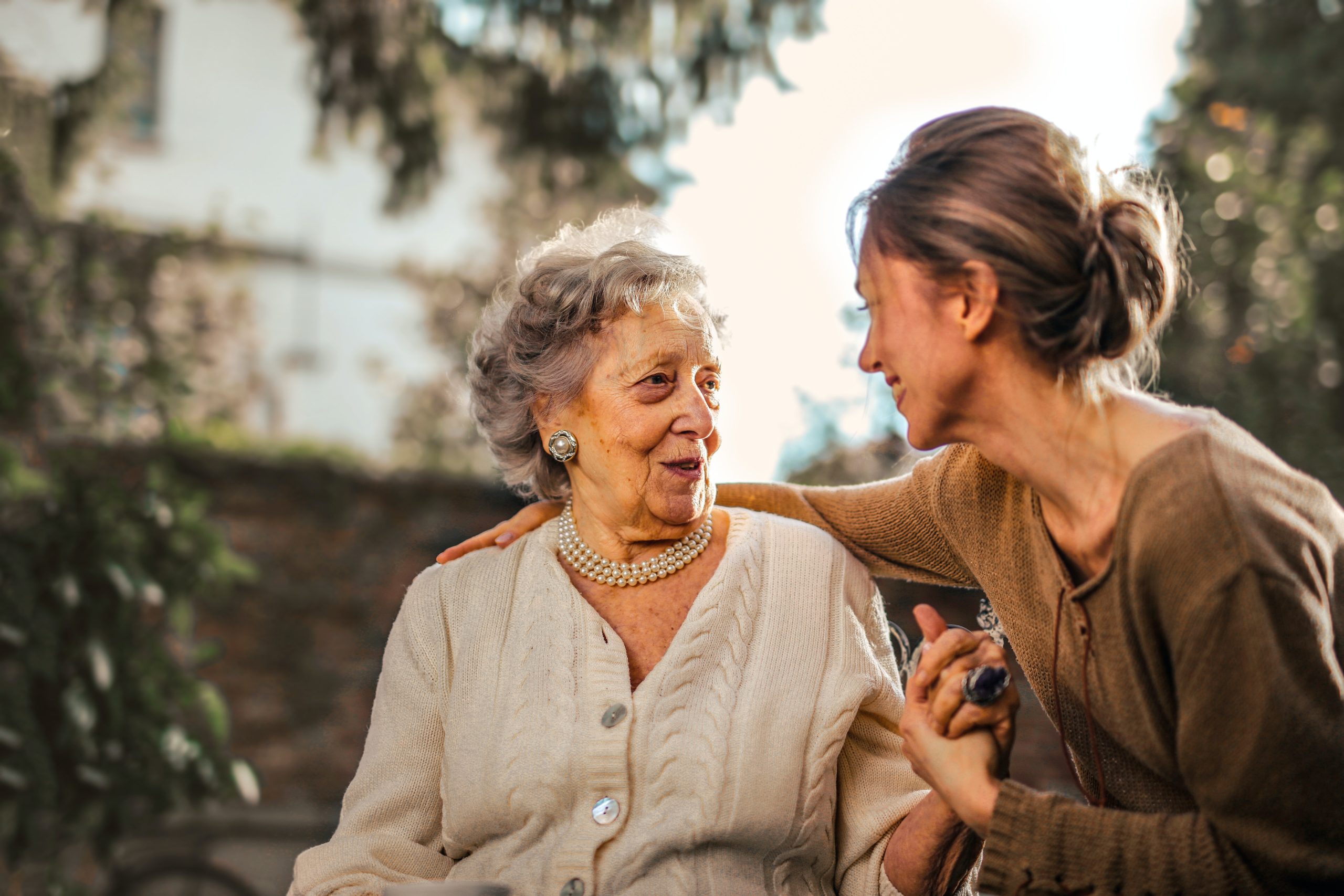Recognizing and Preventing Elder Abuse: A Guide for Families and Caregivers

The image is not directly related to the article. It merely symbolizes the life of elderly people.
What is elder abuse?
What are the signs of elder abuse?
Signs of elder abuse may include unexplained injuries, sudden changes in behavior or mood, withdrawal from activities or relationships, financial discrepancies, and poor personal hygiene or living conditions.
Who are the potential perpetrators of elder abuse?
Potential perpetrators of elder abuse can include family members, caregivers, friends, or even strangers. It is important to be vigilant and aware of anyone who has access to or interacts with an elderly person.
How can families and caregivers prevent elder abuse?
To prevent elder abuse, families and caregivers should establish open lines of communication, regularly check in on the well-being of the elderly person, be aware of their needs and limitations, and have a plan in place for their care and protection.
What should you do if you suspect elder abuse?
If you suspect elder abuse, it is important to take immediate action. Report your concerns to the appropriate authorities, such as Adult Protective Services or law enforcement, and provide any evidence or information you have that supports your suspicions.
Where can you find help for elder abuse?
There are various resources available to help victims of elder abuse and their families. These include local social service agencies, helplines, support groups, and legal services specializing in elder law.
Elder abuse is a serious issue that affects many older individuals, often leaving them vulnerable and suffering from physical, emotional, or financial harm. It is crucial for families and caregivers to be knowledgeable about recognizing the signs of elder abuse and taking steps to prevent it. This guide provides information and resources to help protect our elderly loved ones.
What is elder abuse?
Elder abuse refers to any intentional or negligent act that causes harm or distress to an older person. It can take various forms, including physical, emotional, sexual, or financial abuse, as well as neglect.
What are the signs of elder abuse?
Signs of elder abuse may include unexplained injuries, sudden changes in behavior or mood, withdrawal from activities or relationships, financial discrepancies, and poor personal hygiene or living conditions.
Who are the potential perpetrators of elder abuse?
Potential perpetrators of elder abuse can include family members, caregivers, friends, or even strangers. It is important to be vigilant and aware of anyone who has access to or interacts with an elderly person.
How can families and caregivers prevent elder abuse?
To prevent elder abuse, families and caregivers should establish open lines of communication, regularly check in on the well-being of the elderly person, be aware of their needs and limitations, and have a plan in place for their care and protection.
What should you do if you suspect elder abuse?
If you suspect elder abuse, it is important to take immediate action. Report your concerns to the appropriate authorities, such as Adult Protective Services or law enforcement, and provide any evidence or information you have that supports your suspicions.
Where can you find help for elder abuse?
There are various resources available to help victims of elder abuse and their families. These include local social service agencies, helplines, support groups, and legal services specializing in elder law.
Elder abuse is a serious issue that affects many older individuals, often leaving them vulnerable and suffering from physical, emotional, or financial harm. It is crucial for families and caregivers to be knowledgeable about recognizing the signs of elder abuse and taking steps to prevent it. This guide provides information and resources to help protect our elderly loved ones.
The image is not directly related to the article. It merely symbolizes the life of elderly people. What is elder abuse? Elder abuse refers to any intentional or negligent act that causes harm or distress to an older person. It can take various forms, including physical, emotional, sexual, or financial abuse, as well as neglect.…
Recent Posts
- Empowering Caregivers: The Best Online and Offline Resources to Enhance Your Skills
- Traveling with a Purpose: The Rise of Volunteer Vacations
- Breaking Stigma: Dispelling Myths about Mobility Aids and Disability
- Avoiding Probate: How Trusts Can Simplify the Estate Settlement Process
- Senior Citizens Beware: Common Financial Scams and How to Stay Protected

